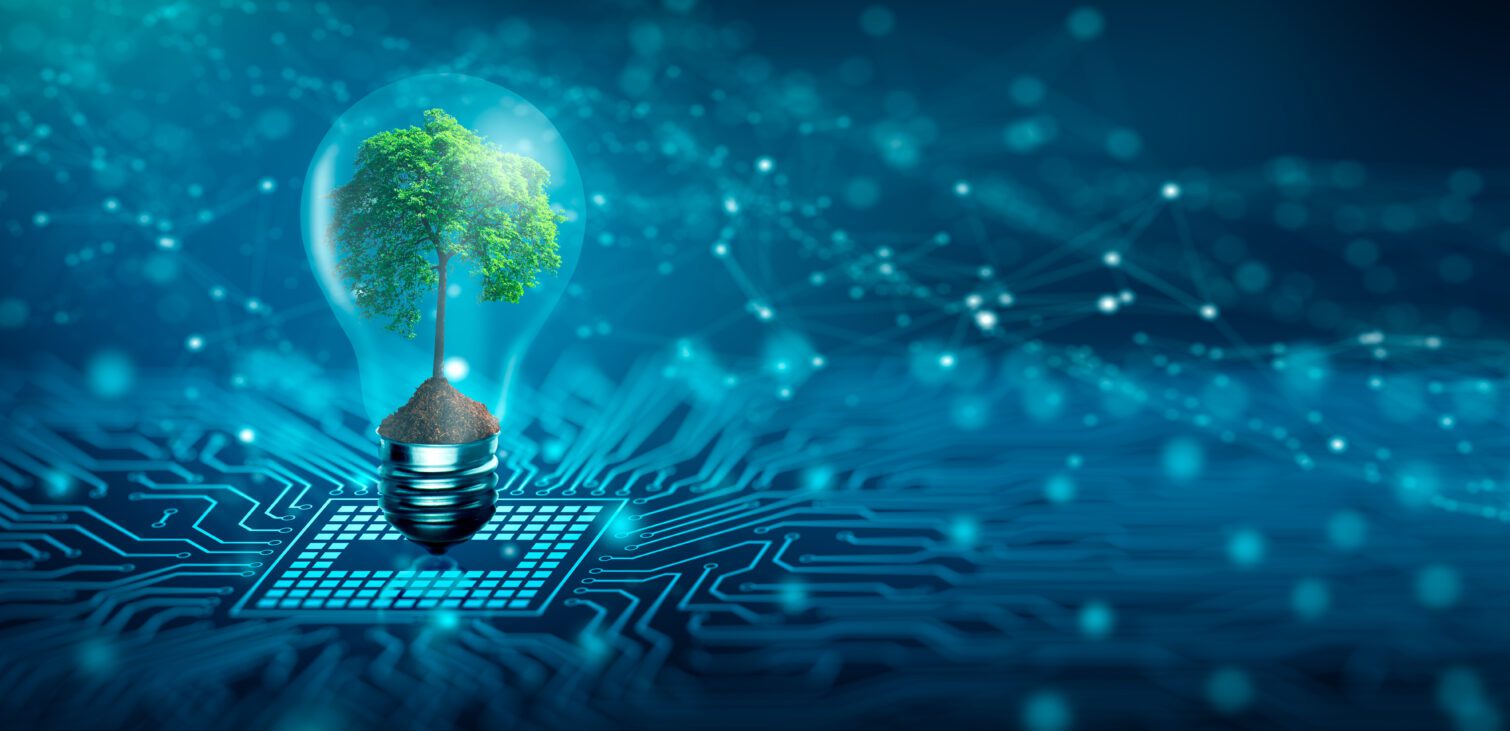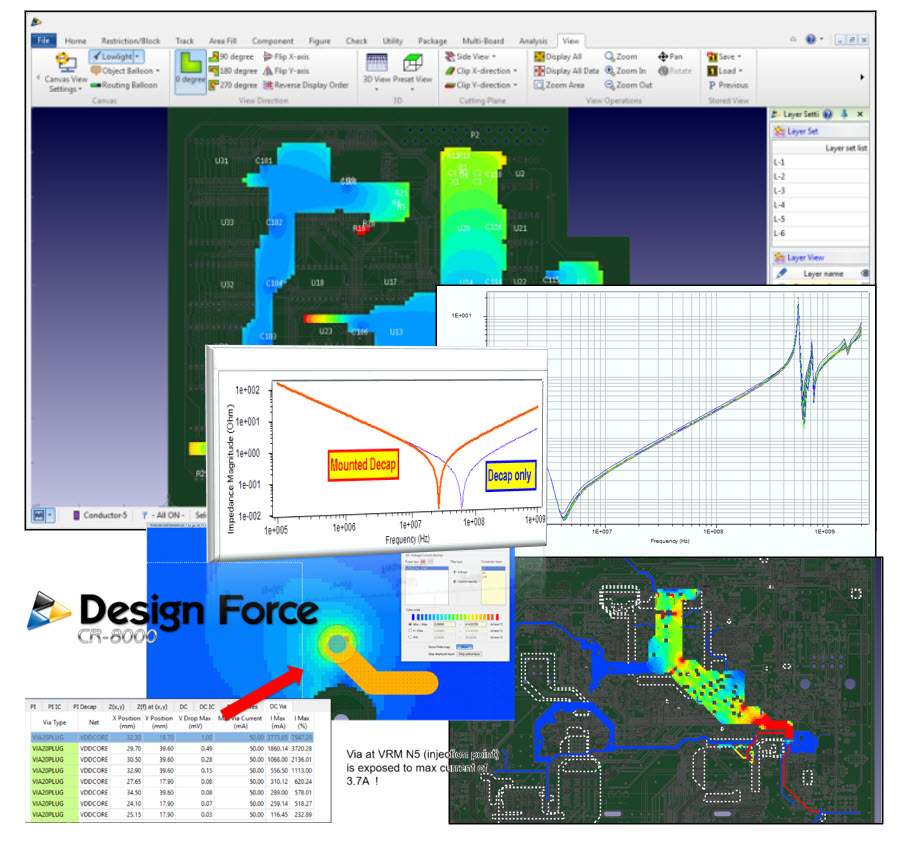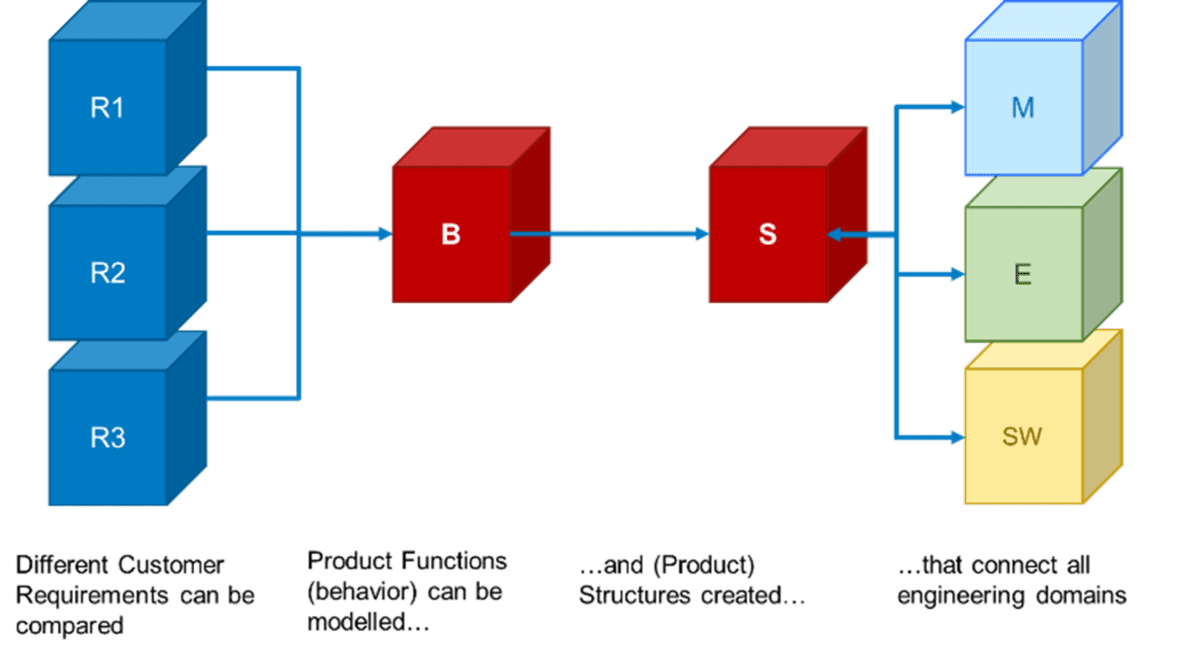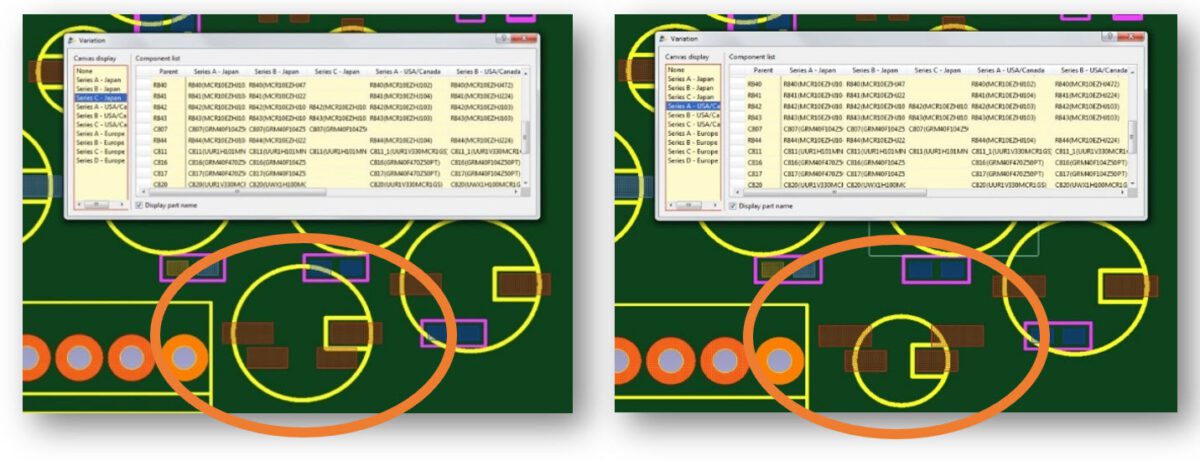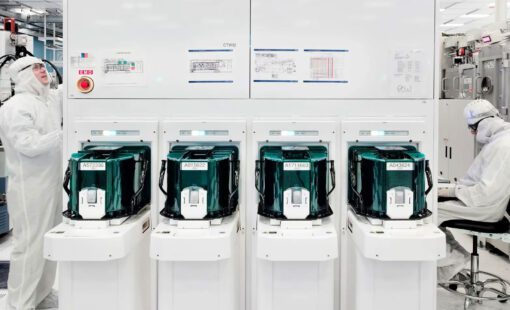The electronics industry is one of the fastest-growing industries in the world, with millions of electronic devices produced every year. Unfortunately, many of these devices end up in landfills, where they release toxic chemicals into the environment. In addition, the production contributes to greenhouse gas emissions and the depletion of natural resources.
Therefore, it’s essential for electronics companies to adopt sustainable product development practices that balance economic growth with environmental protection.
What is Sustainable Product Development?
Sustainable product development refers to the design and development of products that meet the needs of the present without compromising the ability of future generations to meet their own needs. In other words, it involves creating products that are environmentally friendly, socially responsible, and economically feasible.
There are several ways in which sustainable product development can be implemented in the electronics industry, including:
- Energy Efficiency: Products should be designed to be energy-efficient, reducing the energy consumption of electronic devices and helping to reduce the carbon footprint of the industry.
- Product Longevity: Products should be designed to last as long as possible, reducing the need for replacements and reducing the environmental impact of electronic waste.
- Design for Recycling: Products should be designed in such a way that they can be easily recycled and reused. This includes using recyclable materials, making products easy to disassemble, and reducing the use of toxic chemicals.
- Life Cycle Assessment: The entire life cycle of a product should be taken into consideration, from the sourcing of raw materials to the disposal of the product at the end of its life. This will help to identify areas where improvements can be made to reduce the environmental impact of the product.
- Socially Responsible Supply Chains: The electronics industry should strive to ensure that its suppliers are using ethical and sustainable practices, such as fair labor practices and environmentally responsible sourcing of raw materials.
When done right, the implementation of green design practices can help companies reduce costs, improve product performance and strengthen the corporate reputation.
Implementing Sustainability in the Product Development Process
A sustainable product development process starts just like in any other design process: understanding the product requirements, and how it will be used. But it is crucial to understand the environmental impacts associated with each use case. These include not only resource consumption but also energy usage, waste generation, and Co2 emissions.
At the system level of electronic designs, engineers work on improving energy efficiency through better thermal management, heat dissipation, and power consumption. They also investigate ways to reduce the amount of material required for manufacturing.
In this early stage of product development, designers must determine which materials or processes can be replaced with alternatives that can easily be recycled and reused. Addressing the environmental sustainability of materials is increasingly complex. In the past, eliminating individual flame retardants and heavy metals from microelectronic packaging was the main task. Today, environmental sustainability in electronics concerns a far broader range of issues, including so-called conflict minerals, rare earths, and halogenated flame retardants.
At the product level, designers focus on techniques for controlling power consumption via networked equipment. As the product moves along its lifecycle, designers must consider the impact of their choices on the environment.
Finally, as the end of the product’s life approaches, designers must ensure that the product meets safety standards and complies with regulations. This includes ensuring that hazardous substances such as lead, mercury, cadmium, arsenic, bromine, chlorine, and polychlorinated biphenyls are removed before disposal.
The Right Tools for Green Engineering
Up to four-fifths of a product’s lifetime emissions are determined by decisions made at the design stage. Having all the tools needed to get those decisions right is essential for designing sustainable products that meet performance and quality requirements while using fewer resources across the entire life cycle.
Zuken’s MBSE software GENESYS provides an ideal environment for describing and tracking requirements in an interdisciplinary decision-making process. Using function structures, the tool enables the comparison of different product structures and product variants. As a simplified representation of a complex problem, these models help to manage and optimize the interdependence between design requirements, functions, and implementations.
The system-level board design system CR-8000 is perfectly suited to support green engineering practices because it spans the entire lifecycle of electronic designs. Its powerful capabilities enable time-to-market and cost-cutting advantages while reducing materials, power consumption and increasing reliability.
CR-8000 has a direct interface to component libraries such as SiliconExpert’s P5 platform of 20,000 electronic distributors and suppliers, making it the most comprehensive and non-biased source of electronic intelligence in the industry. This means that critical component information can be fed directly into the electronic design system. This includes hazard potential parameters of the materials used.
Designs can be verified not only at the component level but also at the footprint level. This feature provided by CR-8000 Design Force is unique among software vendors. As a result, the CR-8000 system has versioning for all ECAD objects that goes beyond the simple part swap of most PCB design solutions on the market.
By implementing sustainable practices, the electronics industry can help to reduce its environmental impact, create a more responsible and ethical industry, and ensure that future generations have enough resources to prosper.
If you’re interested in exploring how Model-Based Systems Engineering (MBSE) can be a powerful tool for designing sustainable products, be sure to check out our other blog post
